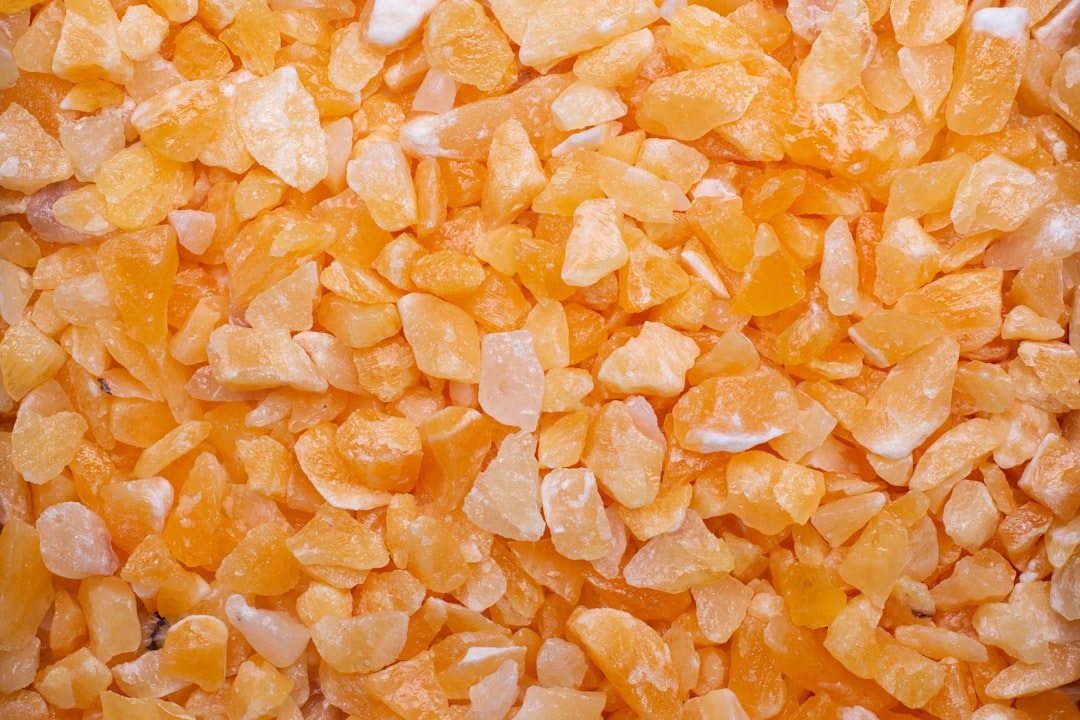What is it about?
Previously, the authors illustrated how, for a powder X-ray diffraction pattern of a complex, very large face-centered cubic (FCC) unit cell (a=39.277(3) Å) oxide, M8, it becomes mandatory to investigate weak, low-angle 2θlines (≲2% of the maximum intensity line) to determine the correct space group(s) (SG). Here the authors present the efficacious result from a synchrotron, confirming the earlier proposed need for a changed SG.
Featured Image

Photo by Grant Durr on Unsplash
Why is it important?
The result implied that any improvement in data could only come from an intense X-ray source such as a synchrotron, as very well described here. The authors present evidence that Fd-3m (227) is the most likely space group for M8 polytype.
Read the Original
This page is a summary of: Synchrotron X-ray powder diffraction pattern of the M8 murataite polytype, Powder Diffraction, June 2017, Cambridge University Press,
DOI: 10.1017/s0885715617000525.
You can read the full text:
Contributors
The following have contributed to this page










